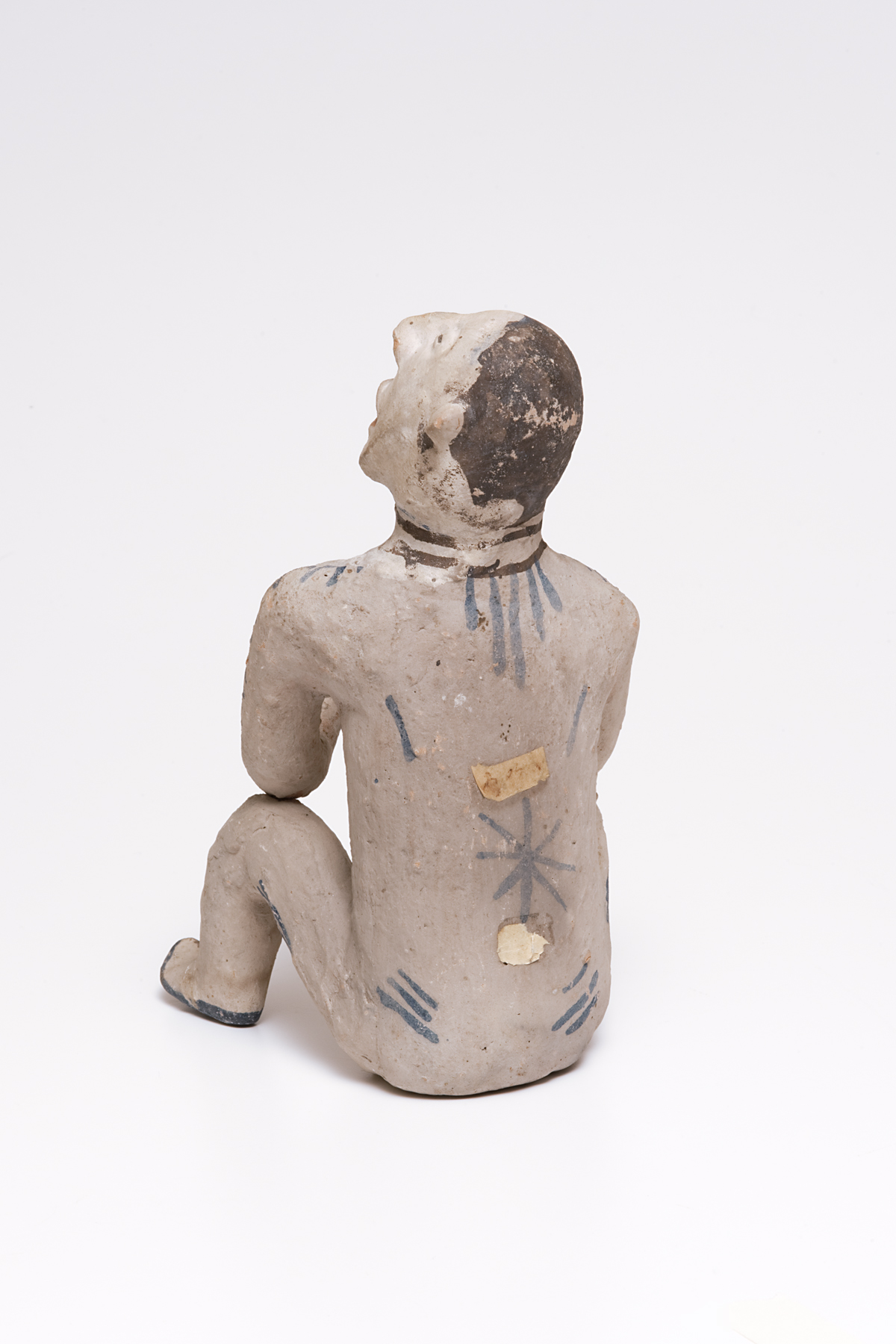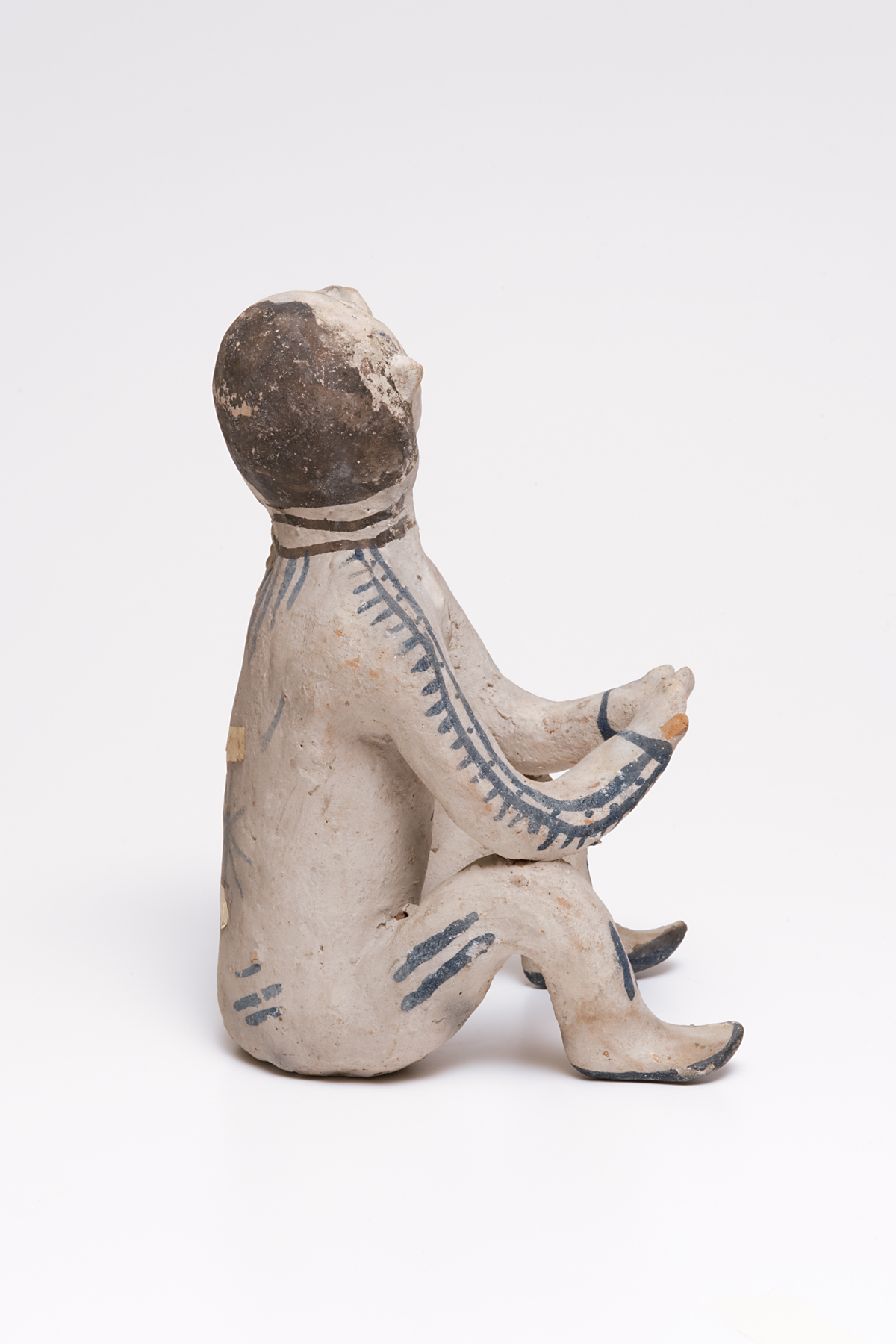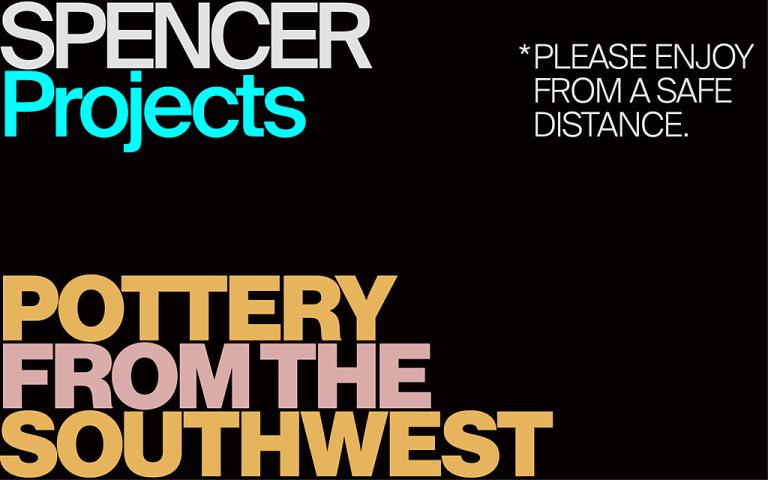rain god figure, unrecorded Tetsuge Owingeh artist
Artwork Overview
rain god figure,
late 1800s
Where object was made: New Mexico Territory (present-day New Mexico), United States
Material/technique: ceramic; pigment
Dimensions:
Object Height/Width/Depth (Height x Width x Depth): 24.5 x 14 x 17 cm
Object Height/Width/Depth (Height x Width x Depth): 9 5/8 x 5 1/2 x 6 11/16 in
Object Height/Width/Depth (Height x Width x Depth): 24.5 x 14 x 17 cm
Object Height/Width/Depth (Height x Width x Depth): 9 5/8 x 5 1/2 x 6 11/16 in
Credit line: Gift of James K. Allen
Accession number: 2007.2743
Not on display
If you wish to reproduce this image, please submit an image request






